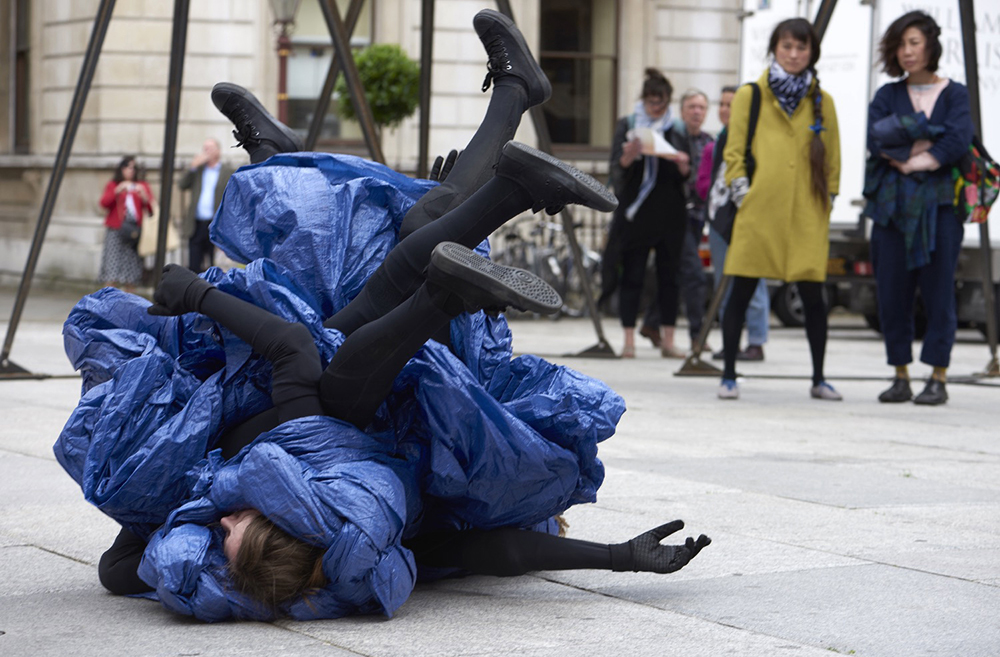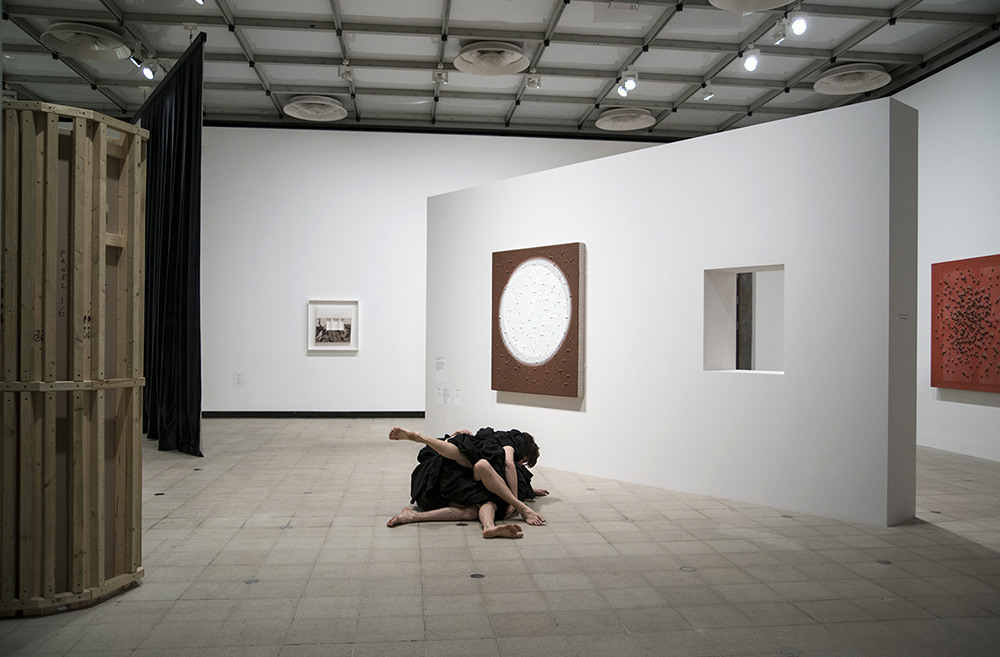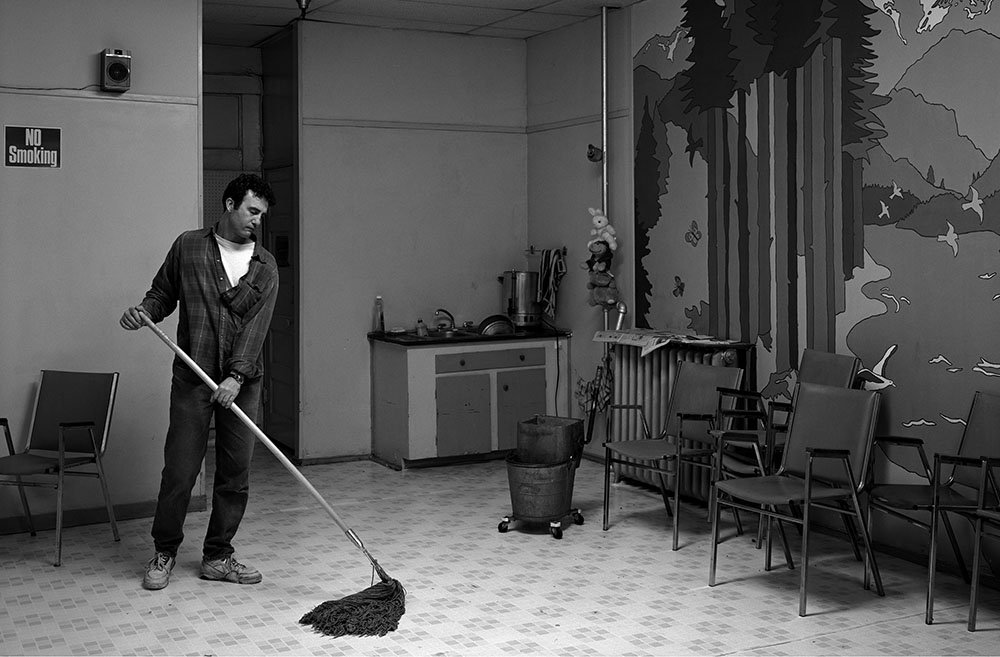Artist Blog
Every week an artist whose single image was published by Der Greif is given a platform in which to blog about contemporary photography.
The Mind, Movement and Dancers
Jul 17, 2016 - Emma Bäcklund
When it’s right / nothing like it / the pieces fall / into place / not a flicker / of doubt / mars the flow / of arm / into hip / into knee / into floor / then midsection / hollowed in triumph / the whole apparatus / its discrete minds / not impending / the forward momentum / of practice / of object / no ritual here / the weight of the body / is material proof / that air is matter / and mind’s married to muscle. -Yvonne Rainer, Poems, 2011 Mind and muscle..the correlation between these two keep informing my ideas. My background and interest in contemporary dance is a result of a fascination in neuroscience. It stretches into my photographic work, which may not be obvious at first. What construct ideas of reality is connected to what we see, feel or believe in. More so, we react on visual response. The power of the image is that we can feel through it, even though we are still. This is based on muscle memory and visual response and nostalgia. (virtual reality, films etc) ‘This heart within me I can feel, and I judge that it exists. This world I can touch, and I likewise judge that it exists. There ends all my knowledge, and the rest is construction.’ (Camus, ‘The Myth of Sisyphus’) Feelings and memories gather in the body as if our limbs archive and collect emotions and experiences. Once something is repeated over and over, it eventually becomes ‘natural’. When practicing dance, this is a way to learn choreography. Repeating, repeating and repeating.. until the the mind does not ‘think’ the movement but become transformed to the muscles of the body. Muscle memory. In this way, the reverse must be possible as well. I keep coming back to a work by Jeff Wall, The Volunteer, 1996.. I relate it to this repetition that eventually becomes an automatic, robotic act. One is not actively ‘thinking’ the ‘doing’ after these repeated bodily actions. There are methods to go against inhibitions and habits of working and thinking. Writing and moving works in similar ways. Lately I have practiced automatic writing which is useful to push oneself beyond the frames of ones own image, to bring forward what is already there but limited by walls of control. Movement can too be a very controlled act, but dance is what happens when this is released and expression occurs.There is only but one moment, here. One is then intensely within ones mind but simultaneously completely free from it. I don’t believe in one-sidedness which is why I often must explore two perspectives of a thought. There is a thin line between matters of intensity and I am curious in the play between tension and release that builds up rhythm. In this context, it is the intensity and estrangement of the two entangled bodies which I find interested in Nicole Conibere’s work. I like Anne Teresa De Keersmaeker’s, Rosas, 1983, and wanted to include a still image from a video of this choreography. It is meditative to observe and one is drawn into the fast paced repetitious synchronised movements of the dancers. Yvonne Rainer is another dancer and choreographer who inspires my own work and I like her dance-poems. I have also included work by Hanna Putz, Untitled (IWAEIT), 2015 and Ilona Sagar, Soft Addictions (2014), Embassy gallery ECA, Edinburgh. Nicola Conibere Do-Re-Me (2014) A duet for art galleries and other places: unspecified duration In Do-Re-Me two figures, wrapped around each other and within swathes of fabric, negotiate a path through a given place. As fragmented limbs flail and reach for movement, the integrity of the body’s form is continually destabilised and transformed. The mass is both intensely familiar and strange: a simple shift of an arm can change its appearance from that of two distinct bodies to a seemingly impossible combination of limbs. Its performers’ physically enmeshed actions constantly provoke shifts in relation between people, material and place without resolution.









